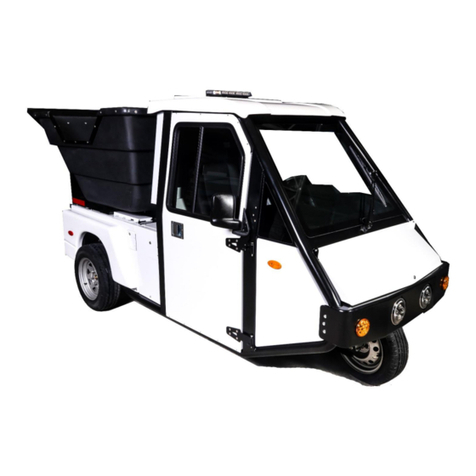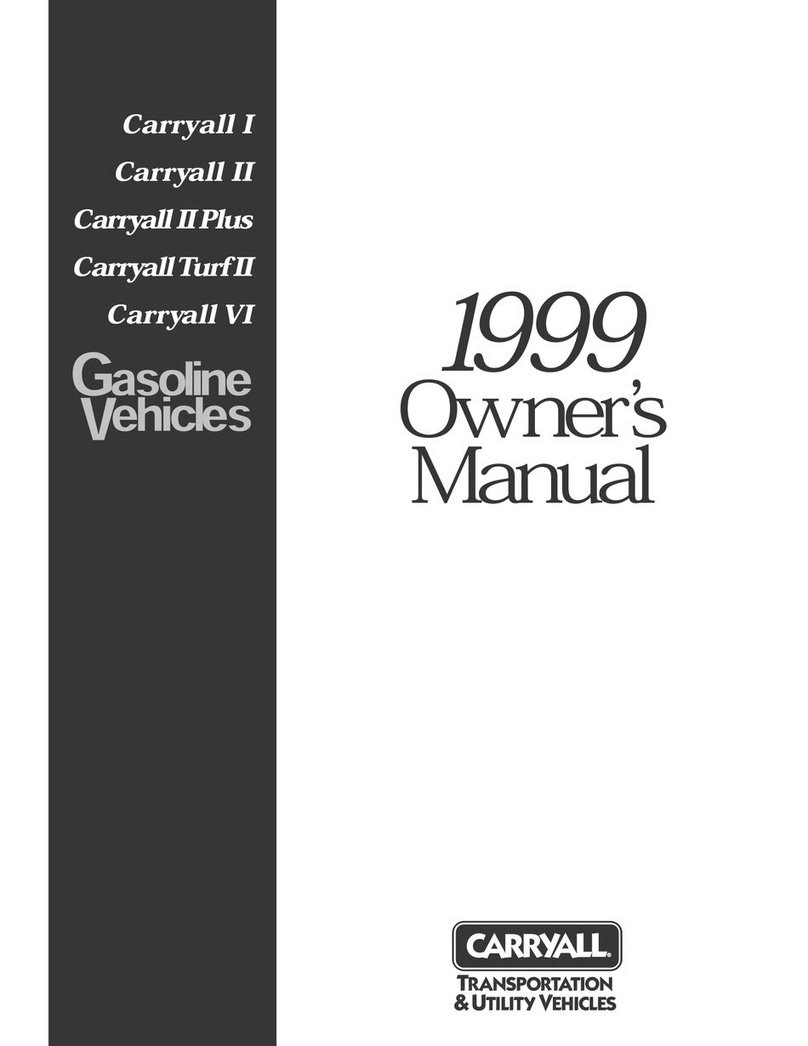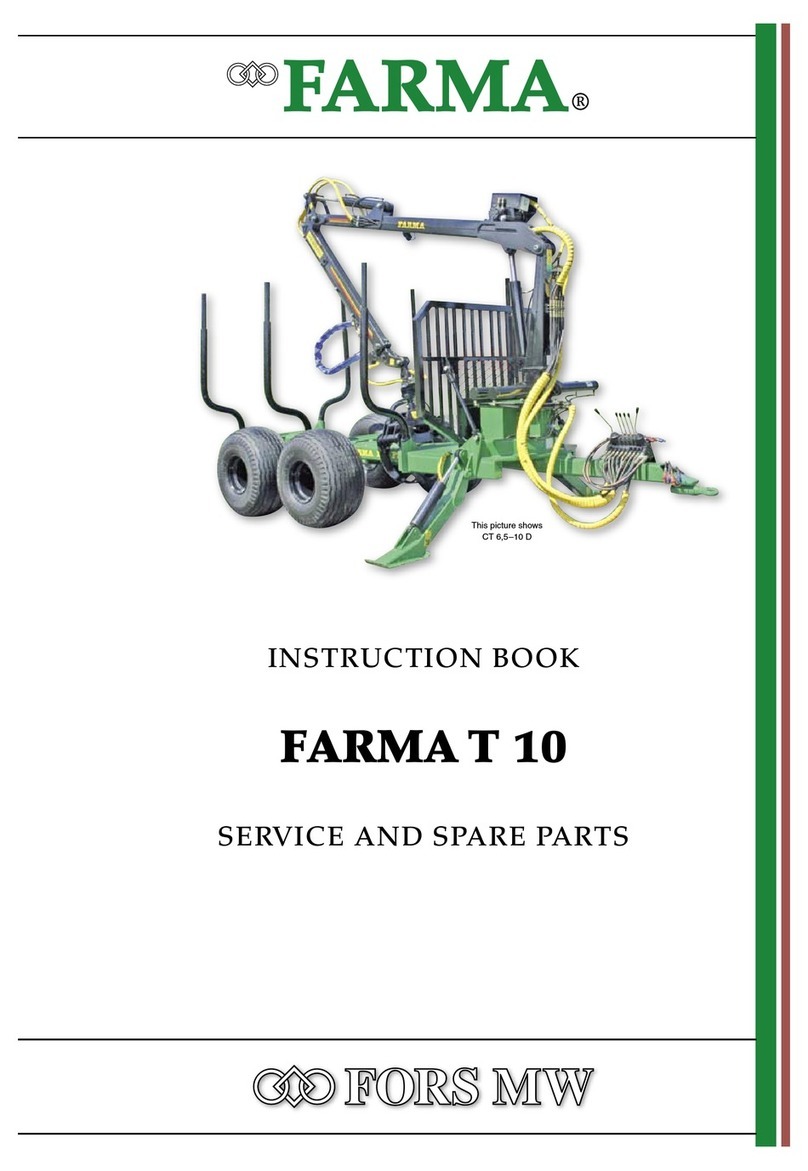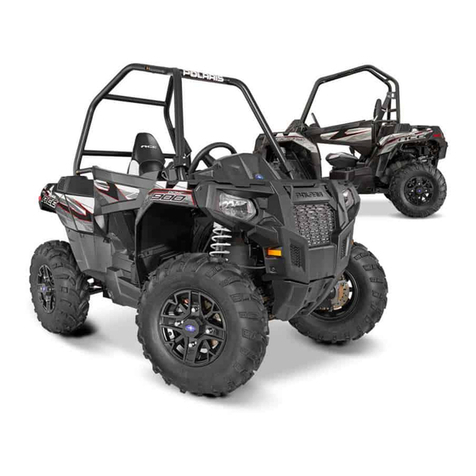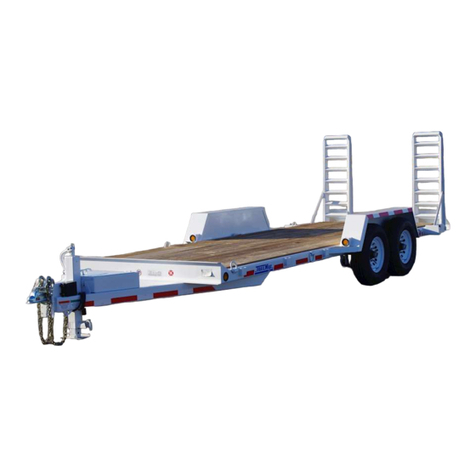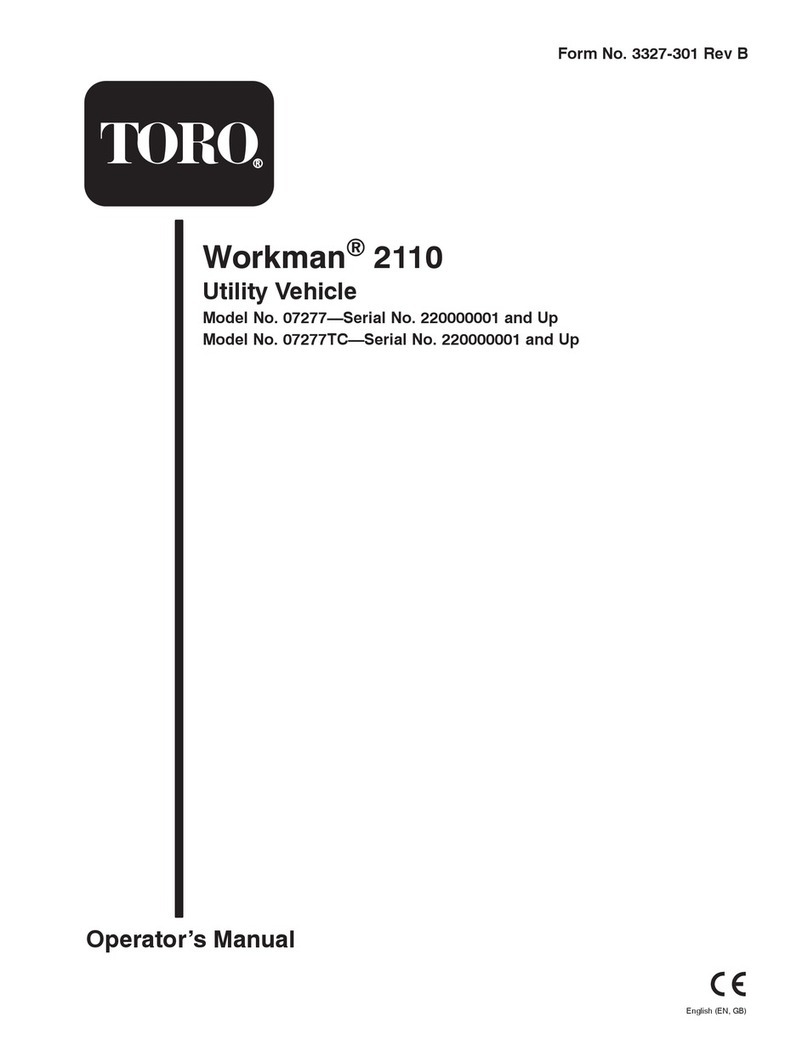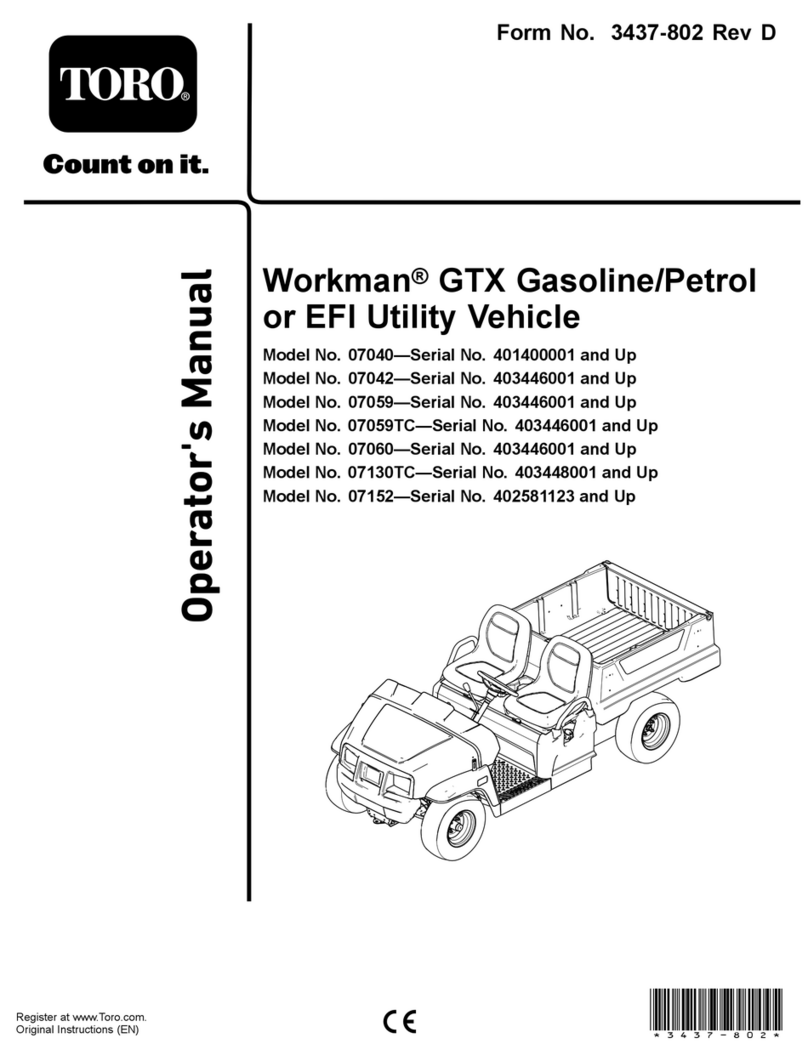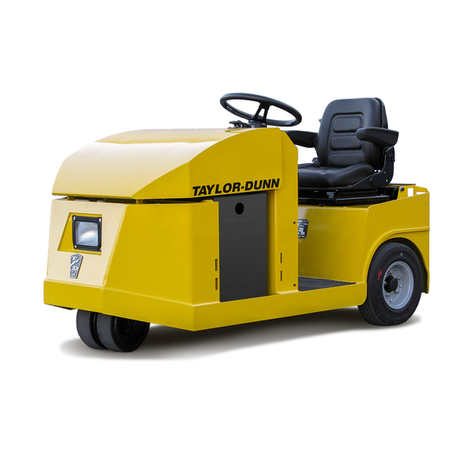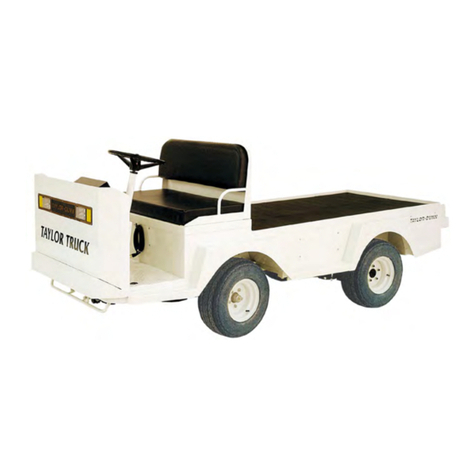
0-4
3. SAFETY INFORMATION
Most accidents are caused by the failure to follow fundamental safety rules for the operation and
maintenance of machines.
To avoid accidents, read, understand and follow all precautions and warnings in this manual and
on the machine before performing operation and maintenance.
Do not operate or carry out maintenance of this machine unless you are sure that you
understand the explanations and procedures completely.
To identify safety messages in this manual and on machine labels, the following signal words are
used.
This word is used on safety messages and safety labels where there
is a high probability of serious injury or death if the hazard is not
avoided. These safety messages or labels usually describe
precautions that must be taken to avoid the hazard. Failure to avoid
this hazard may also result in serious damage to the machine.
This word is used on safety messages and safety labels where there
is a potentially dangerous situation which could result in serious
injury or death if the hazard is not avoided. These safety messages
or labels usually describe precautions that must be taken to avoid the
hazard. Failure to avoid this hazard may also result in serious
damage to the machine
This word is used on safety messages and safety labels for hazards which could
result in minor or moderateinjuryif the hazard is not avoided. This word might also
be word forhazardswhere the onlyresult could be damage to the machine.
This word is used for precautions that must be taken to avoid actions which could
shorten thelifeof themachine.
Safety precautions are described in SAFETYfrom page 1-1.
Morooka cannot predictevery circumstance thatmightinvolve apotential hazard inoperation andmaintenance.
Thereforethesafetymessagesinthismanualandonthemachinemaynotincludeallpossiblesafetyprecautions.
If any procedures or actions not specifically recommended or allowed in this manual are used, it is your
responsibilitytobesurethatyouandotherscandosuchproceduresandactionssafelyandwithoutdamagingthe
machine. If youareunsureabout thesafetyofsome procedures,contactyour Morookadistributor.


